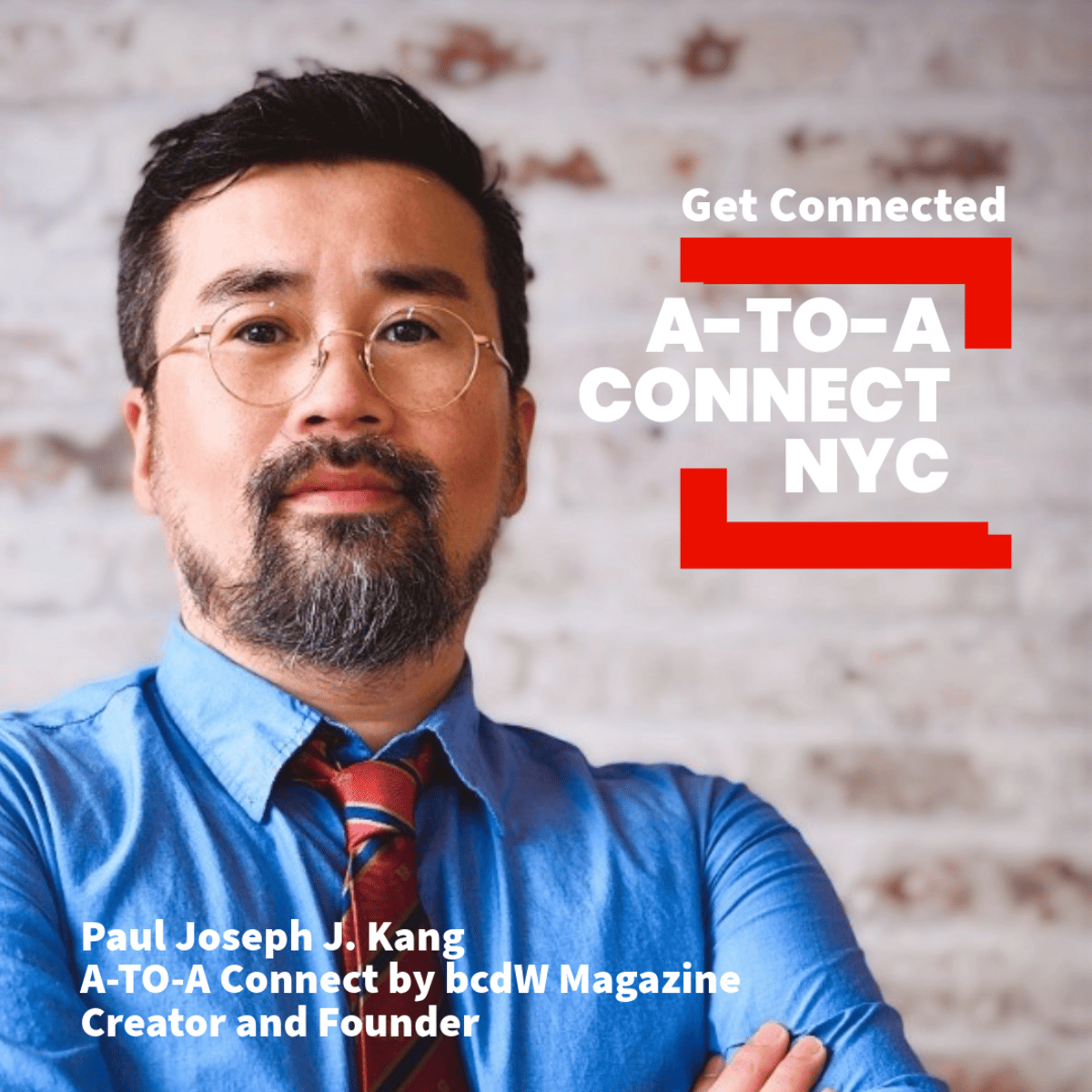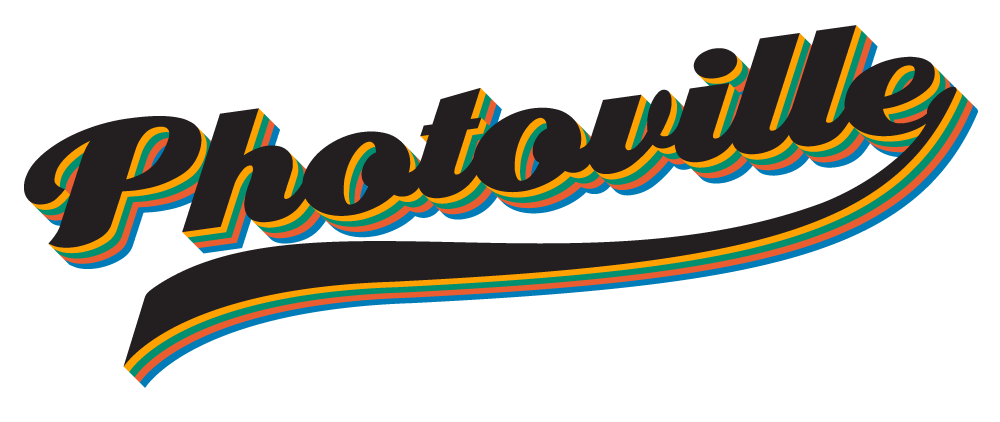Last Sunday, I visited the Photoville Festival beneath the Brooklyn Bridge with Limassol Zok, UX Designer and Project Founder of Walk and Talk. my visit reinforces a profound realization: this is more than a photography exhibition—it's an innovation in spatial utilization. The transformation of weathered shipping containers into vibrant exhibition spaces offers compelling insights into the future of urban culture and community engagement.

Limassol accompanied as the conversation partner from the perspective of a UX Designer.
The Evolution and Current Impact of Photoville Festival
Photoville has established itself as an organization dedicated to amplifying visual storytellers and connecting them with diverse, worldwide audiences. Through its free photo festival and year-round activation of public spaces with educational community programming, the organization has redefined accessibility in the arts.

Photoville
Greater New York City’s premier free, open-air photography festival, transforming parks and public spaces with 80+ exhibitions across all five boroughs (June 7–22, 2025). Featuring shipping‑container galleries, artist talks, workshops & community programming, it celebrates diverse visual storytelling and fosters public engagement
The festival's most innovative feature lies in its approach to presenting photography as public art. Even after the official Brooklyn Bridge Park festivities conclude, over 20 exhibitions continue to engage visitors across New York's five boroughs. From Orchard Beach to South Street Seaport, Chelsea Park to Alice Austen House, the distributed model brings art directly to communities where they live and gather.
The breadth of work showcased reflects this community-centered approach. Exhibitions like "Dance Evolution," capturing the early days of breaking; Sophie Gamand's "Pit Bull Flower Power," using portraits to encourage adoptions and challenge stereotypes; "Renewing the Spirit of San Francisco," commemorating the UN Charter signing; "Divine Identity," transforming portraits of queer people of faith into icons; and "Sunday Leagues: The Meadow in Motion," capturing soccer's energy in Flushing Meadows Park—all demonstrate photography's power to tell diverse, meaningful stories.
From Containers to Communities: Realizing Portable Cultural Experiences
The idea of transforming shipping containers into photography exhibition spaces may seem simple, but its implications are profound. By moving beyond fixed gallery spaces to create mobile exhibition environments, this model democratizes cultural access. Rather than people seeking out culture, culture comes to them—a fundamental shift in how we think about arts engagement.

The key to this model lies in its highly portable and adaptable exhibition system. Standardized container formats enable transportation anywhere, while their interior spaces allow for unlimited creative transformation. This creates an effective medium for delivering visual storytelling directly to local communities, breaking down traditional barriers between high art and everyday life.
The distributed nature of Photoville's exhibitions exemplifies this philosophy. When 60 exhibits concluded at Emily Warren Roebling Plaza, the continuation of 20+ exhibitions throughout various parks and public spaces demonstrated the model's scalability and sustainability.
Technology Integration and Future Exhibition Models
Imagine taking this container-based exhibition model further by integrating cutting-edge technologies: drones, robotics, XR (Extended Reality), portable check-in systems, and comprehensive event platforms. What possibilities might emerge?
Drone technology could automate exhibition installation and breakdown processes while providing visitors with new aerial perspectives and experiences. Robotics could introduce interactive exhibition elements, increasing visitor engagement and creating memorable, participatory experiences. XR technology could transcend the physical limitations of container spaces, creating infinite virtual exhibition environments that complement physical displays.
Portable check-in systems and integrated event platforms could personalize visitor experiences while collecting valuable data to inform future exhibition planning. When these technological elements converge, they could realize a true "upcycling" concept—transforming not just physical containers, but entire approaches to cultural engagement.

The current information station and Container shop
Evolution Toward the 18-Minute City and Global Business Platform
In the context of urban planning concepts like the 15-minute city—and its evolution toward an 18-minute city—this portable exhibition model takes on new significance. Mobile container exhibition systems could provide cultural experiences within walking or cycling distance, creating accessible cultural infrastructure that adapts to community needs rather than requiring communities to adapt to fixed cultural institutions.
Beyond cultural exhibitions, this container format could expand into design product showcases, festival operations, and market validation platforms. Global companies could use New York—a recognized innovation hub—to test and showcase their products and services through a new festival format that serves as a living laboratory.
This evolution transcends simple exhibition space to become a dynamic platform where real consumer reactions can be captured in real-time, feedback can be collected immediately, and products can be refined based on authentic community engagement. The container becomes not just a display case, but an active research and development environment.
Implications for Urban Cultural Infrastructure
The Photoville Festival's container exhibition model ultimately presents a new paradigm for urban space utilization. It demonstrates how temporary, flexible infrastructure can create lasting cultural impact while serving diverse community needs.
This approach addresses several contemporary urban challenges: the high cost of permanent cultural space, the need for cultural programming in underserved areas, and the desire for authentic community engagement. By making exhibitions portable and adaptable, the model can respond to changing demographics, seasonal needs, and evolving community interests.

The intersection of technology and creativity that emerges from this model suggests that future cultural experience platforms are not merely imaginative concepts but realistic possibilities approaching implementation. As cities worldwide grapple with questions of accessibility, sustainability, and community engagement, the lessons from Photoville's innovative approach offer valuable insights for cultural institutions, urban planners, and technology developers alike.



The transformation of shipping containers into vibrant cultural spaces represents more than creative repurposing—it signals a fundamental shift toward more democratic, accessible, and community-centered approaches to cultural experience. In an era where technology enables unprecedented connectivity and creativity, models like Photoville's point toward a future where culture truly comes to the people, wherever they are.


